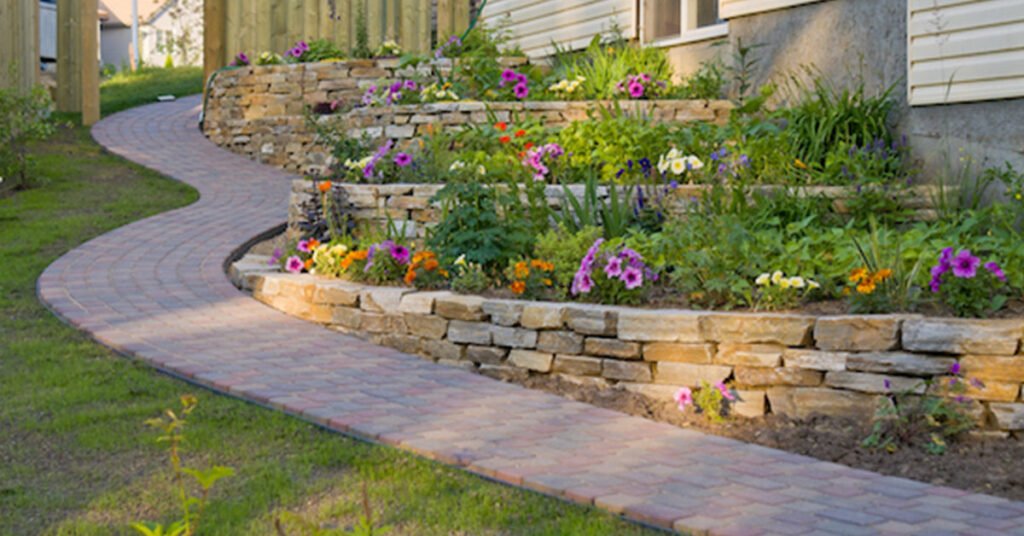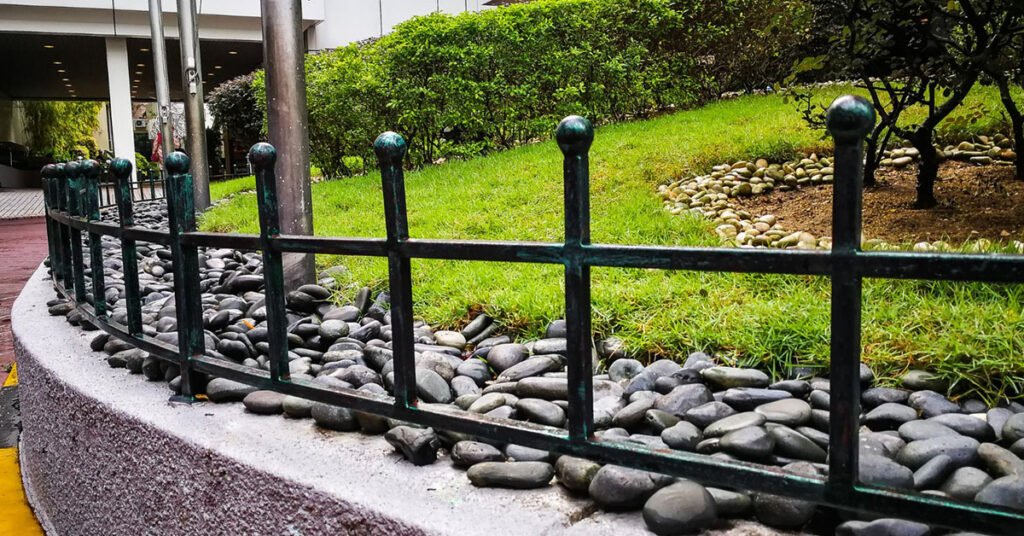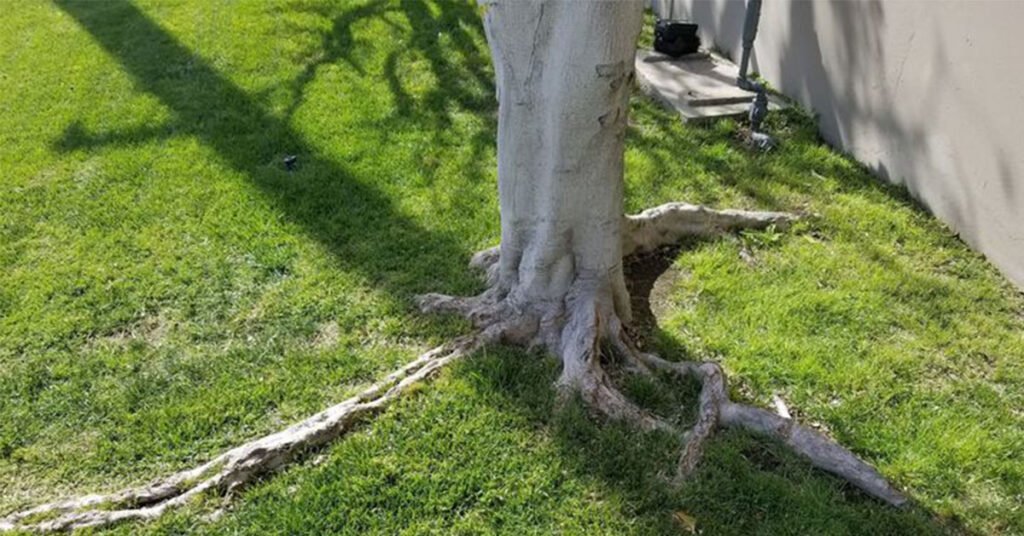Are you considering a career in landscaping? Whether you’re just starting out or looking to expand your expertise, mastering the art of landscaping steep slopes without traditional retaining walls can set you apart in the industry. Steep slopes present unique challenges, but with the right techniques, you can transform them into stunning, functional landscapes that impress clients and enhance outdoor spaces. So, lets take a look at how to landscape a steep slope without retaining walls.
What are the Challenges?
Steep slopes can be daunting for both homeowners and landscapers. Traditional solutions often involve expensive retaining walls, extensive excavation, and complex engineering. However, there are alternative approaches that are not only cost-effective but also environmentally friendly and visually appealing.
How to Landscape a Steep Slope Without Retaining Walls
The following are the techniques that you should follow to landscape a steep slope without retaining walls.
1. Terracing with Plant Beds
Terracing is a classic technique for managing steep slopes, but instead of using hard materials like concrete or stone, consider using plant beds to create natural terraces.
By strategically placing plants and shrubs at different levels, you can stabilize the soil, prevent erosion, and add beauty to the landscape. Choose plants with deep roots that can anchor the soil and provide stability.
2. Incorporating Natural Elements
Embrace the natural beauty of the slope by incorporating rocks, boulders, and native vegetation into your design. Rocks can be used to create natural steps or pathways, while native plants are well-adapted to the local climate and soil conditions, requiring less maintenance and irrigation.
This approach not only blends seamlessly with the surrounding environment but also reduces the need for artificial materials and resources.
3. Utilizing Retaining Planters
Retaining planters are an innovative alternative to traditional retaining walls. These planters, made from materials such as wood, metal, or recycled plastic, can be stacked or tiered to create terraces and prevent soil erosion.
Fill them with a mix of soil and plants suited to the slope’s conditions, such as groundcovers, ornamental grasses, and cascading flowers. Not only do they provide structural support, but they also add color, texture, and biodiversity to the landscape.
4. Implementing Erosion Control Measures
Erosion control is essential when landscaping steep slopes. Techniques such as mulching, hydroseeding, and erosion control blankets can help stabilize the soil and prevent runoff. Mulch acts as a protective layer, reducing soil erosion and moisture loss, while hydroseeding involves spraying a mixture of seeds, mulch, and tackifiers onto the slope to promote vegetation growth.
Erosion control blankets, made from biodegradable materials, provide temporary cover and protection until vegetation establishes.
Read More: How To Cut Landscape Fabric?
Conclusion
Landscaping steep slopes without retaining walls requires creativity, expertise, and a deep understanding of the land. By incorporating terracing with plant beds, natural elements, retaining planters, and erosion control measures, you can transform challenging slopes into beautiful, sustainable landscapes that enhance outdoor spaces and delight clients. Embrace the opportunity to innovate and experiment, and you’ll soon find yourself at the forefront of the landscaping industry.
Ready to take on the challenge? Start your journey toward mastering the art of landscaping steep slopes today!



